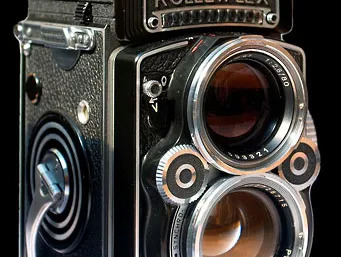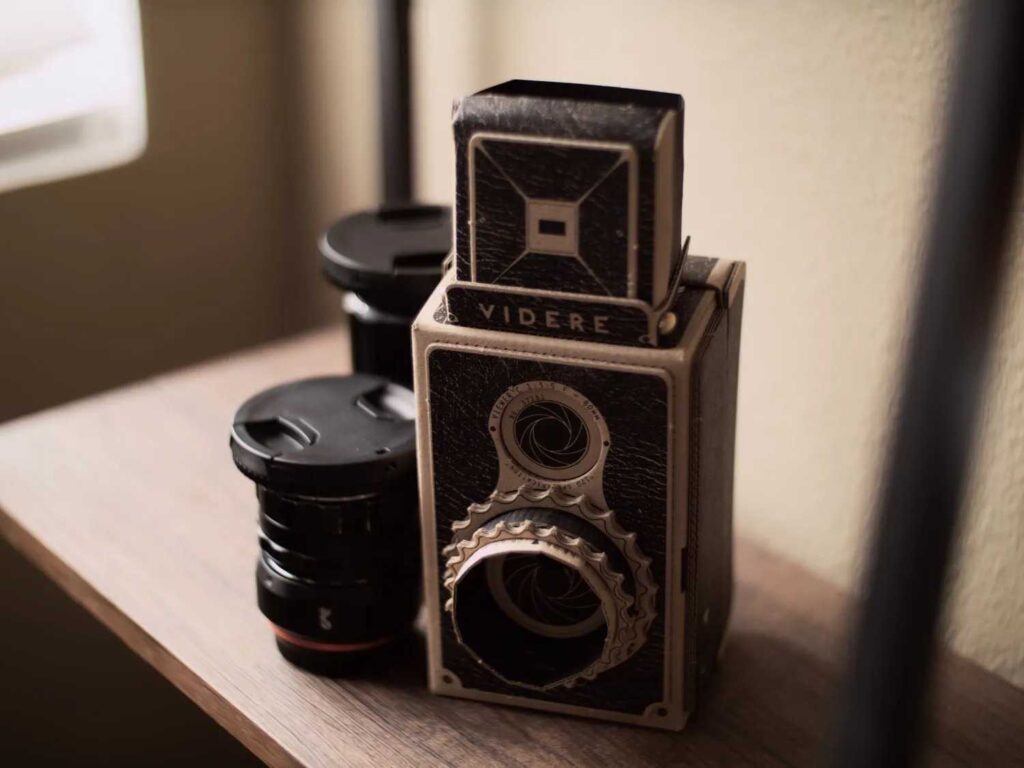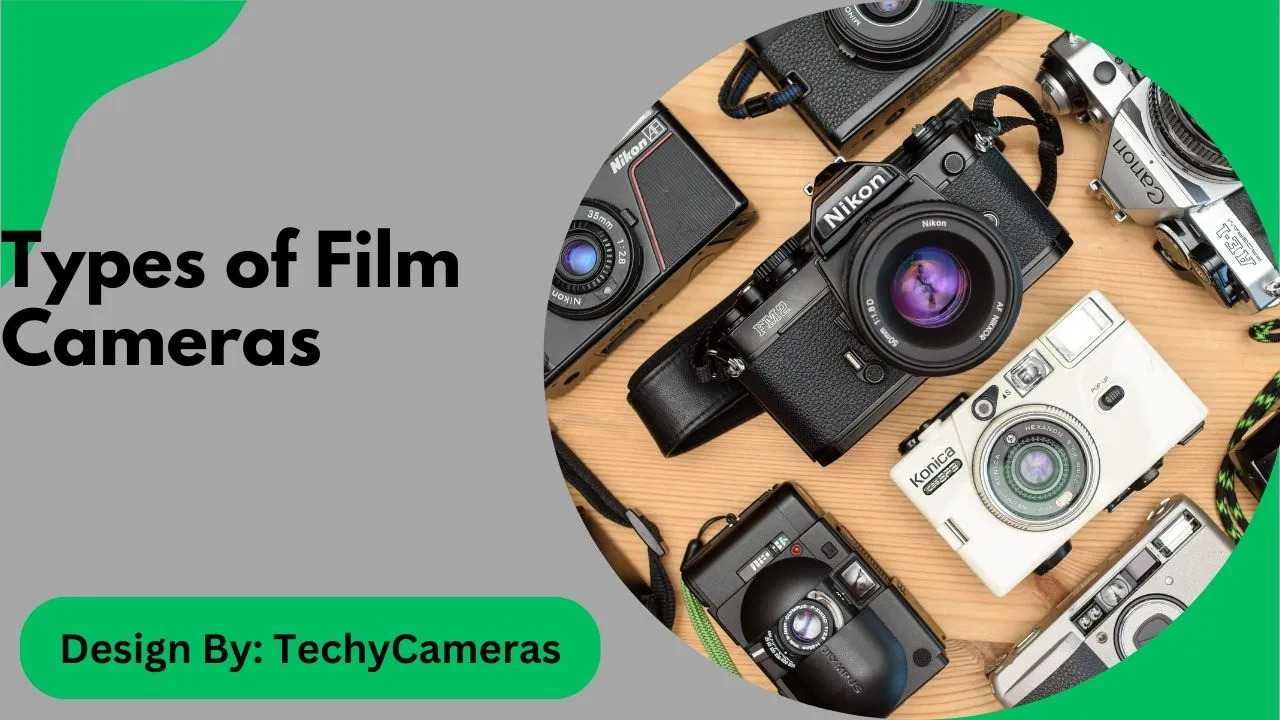Film cameras range from simple point-and-shoots to advanced large-format models, each offering unique features to match different photography styles.
Film cameras hold a special charm for photographers who appreciate the classic, hands-on experience of capturing moments on film. Unlike digital cameras, film cameras provide a distinct look and feel, which many photography enthusiasts and professionals love. If you’re new to film photography or looking to explore different types of film cameras, this guide will help you understand the basics and choose the right camera for your needs.
Single-Lens Reflex (SLR) cameras are among the most common types of film cameras, popular with both beginners and experts. They use a single lens for both focusing and taking the picture. The camera’s mirror and prism system reflects the light from the lens to the viewfinder, showing exactly what the camera will capture. This makes it easier to frame shots accurately.
- Pros: You can change lenses to achieve different effects, and it offers precise control over settings like focus, exposure, and aperture.
- Perfect For: Almost any type of photography, including portraits, landscapes, sports, and street photography.

Twin-Lens Reflex (TLR) cameras have two lenses stacked on top of each other. One lens is for viewing and focusing, while the other is for taking the photo. The camera is held at waist level, and the image appears on a screen on top of the camera. This gives a different shooting perspective, which many photographers find appealing.
- Pros: Quiet operation, no need for a mirror, and a unique perspective due to waist-level shooting.
- Perfect For: Portraits, street photography, and medium format photography where image quality is a priority.
Rangefinder cameras are small, lightweight cameras that use a rangefinder mechanism for focusing. Instead of looking through the lens, you see two overlapping images in the viewfinder. You adjust the focus until the two images align, ensuring a sharp picture. Rangefinders are known for their compact size and ability to focus accurately, especially in low light.
- Pros: Small, easy to carry, and very quiet. Great for sharp, clear photos.
- Perfect For: Street photography, travel, and shooting in low light.
Point-and-shoot cameras are easy-to-use, compact cameras designed for beginners and casual photographers. They have automatic settings that adjust the focus, exposure, and flash for you, making them ideal for capturing everyday moments. These cameras are affordable, lightweight, and require minimal knowledge to operate.
- Pros: Simple, portable, and great for quick snapshots.
- Perfect For: Everyday photography, family events, and casual trips.
Instant cameras give you the joy of seeing your photos immediately after taking them. These cameras use special film that develops the picture within minutes. Polaroid and Fujifilm Instax are popular brands that produce instant cameras, known for their fun and creative designs.
- Pros: Instant prints, easy to use, and great for sharing memories on the spot.
- Perfect For: Parties, gatherings, and creative projects.
Stereo cameras are designed to take 3D images. They use two lenses spaced apart, just like human eyes, to capture two photos simultaneously. These images can be viewed through a stereoscope, giving a three-dimensional effect.
- Pros: Creates unique 3D photos that give a sense of depth.
- Perfect For: 3D photography enthusiasts and creating special visual effects.
Panoramic cameras are built to capture wide, sweeping landscapes. Some models use a rotating lens or swing lens to capture a broader view, while others use a special film format. They are perfect for photographers who want to capture large scenes in one shot.
- Pros: Captures wide scenes in a single image, ideal for landscapes.
- Perfect For: Landscape photography, architecture, and capturing large groups.
Also read: Is it Illegal to have Cameras in Classrooms – Understanding the Rules!
Folding cameras have a bellows design that can collapse and expand, making them compact and easy to carry. These cameras often use medium or large format film, which results in high-quality images with rich detail.
- Pros: Portable and lightweight when folded, high image quality.
- Perfect For: Travel, landscapes, and portraits.
Large format cameras are known for their ability to produce images with exceptional detail and clarity. They use large sheets of film, usually 4×5 inches or larger. These cameras are mostly used by professional photographers for fine art, architecture, and detailed landscape work.
- Pros: Extremely high image quality, with sharp details and rich textures.
- Perfect For: Fine art photography, architecture, and landscapes where detail is crucial.
Box cameras are simple and easy to use. They have a basic, box-shaped design with a fixed lens and minimal controls. These cameras were popular in the early 20th century and are loved for their vintage appeal.
- Pros: Very simple and easy to use, often affordable.
- Perfect For: Beginners, vintage photography, and casual snapshots.

Pinhole cameras are the most basic type of camera, with no lens or shutter. They use a tiny hole to let light into the camera and create an image on the film. Pinhole cameras often require long exposure times and produce dreamy, soft-focus images with infinite depth of field.
- Pros: Simple and cheap to make or buy, offers unique creative effects.
- Perfect For: Experimental photography and creative projects.
Toy cameras are fun, inexpensive cameras often made of plastic, including their lenses. These cameras are known for their unpredictable results, with light leaks, vignetting, and blurriness, which can add a unique, artistic feel to the photos.
- Pros: Affordable, fun, and perfect for creative experimentation.
- Perfect For: Beginners, creative photographers, and those who enjoy a bit of unpredictability in their photos.
SLR cameras use a single lens with a mirror system for viewing, while TLR cameras use two lenses – one for viewing and one for capturing the photo.
Rangefinder cameras are compact, quiet, and have precise manual focusing, making them ideal for quick, candid street photography.
Instant cameras allow you to print photos immediately after taking them, providing instant gratification and a fun, creative experience.
Point-and-shoot cameras are best for beginners due to their simplicity, affordability, and automatic settings.
Pinhole cameras offer a unique, soft-focus effect and are great for experimental and creative projects due to their simple design and long exposure times.
Film cameras offer a range of options, from simple point-and-shoots to more complex SLRs and large-format cameras. Each type has its strengths and is suited for different kinds of photography. Exploring these various film camera types can help you find the perfect tool to capture your moments in a way that digital cameras simply can’t replicate.
